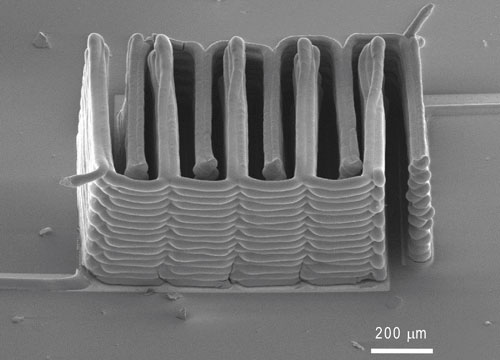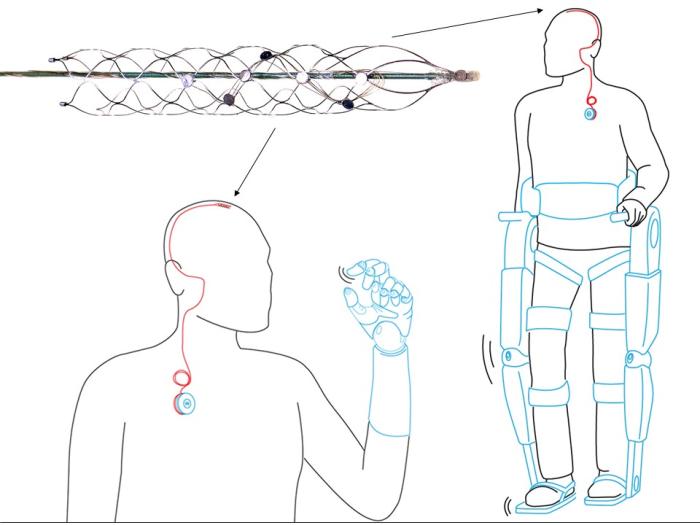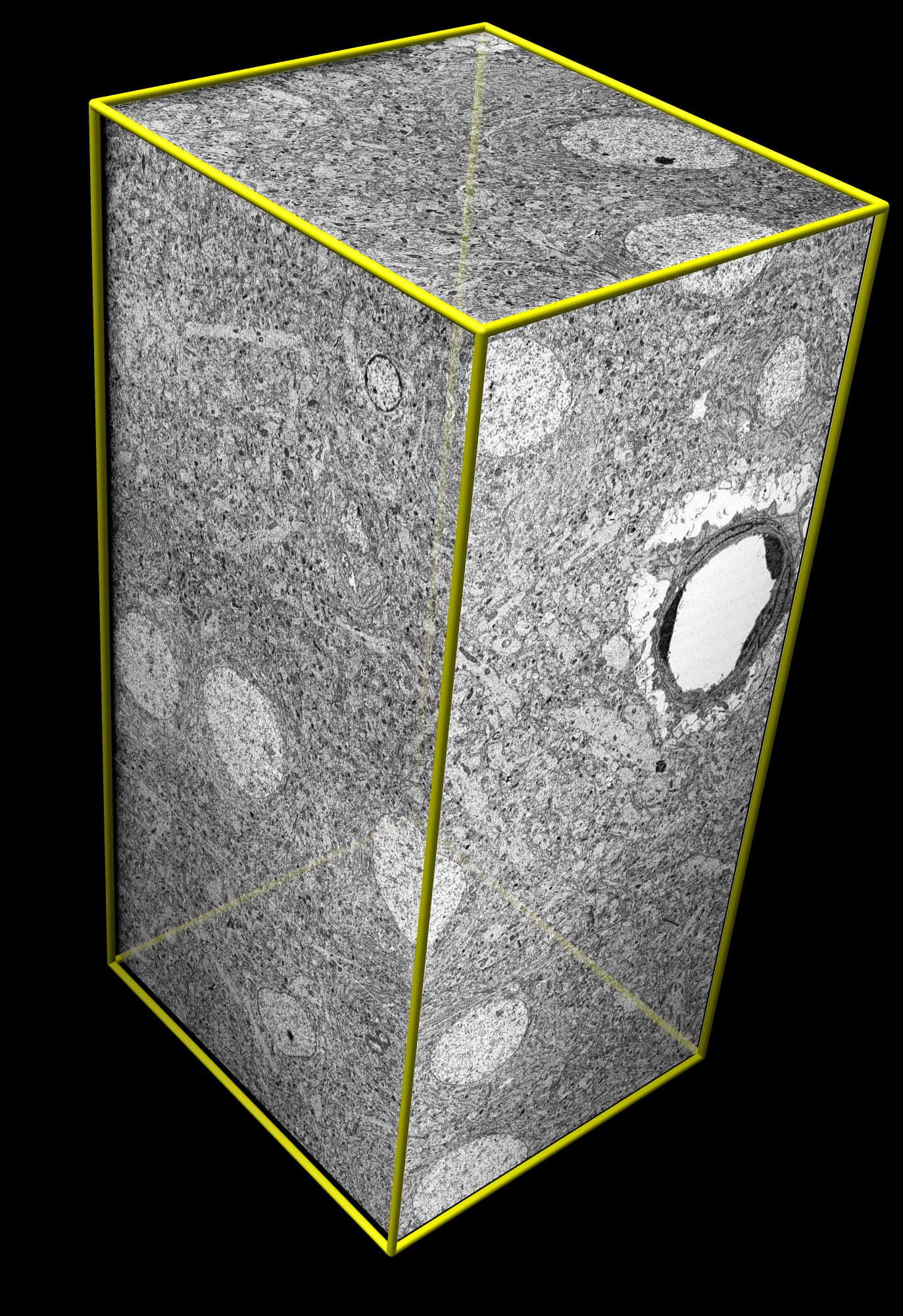The Appliance of 3D Science
We are at the beginnings of a science that could develop batteries lasting 50 times longer than they do today.
Mark Hilliard | February 22, 2016
It all started with graphene, says Prof Valeria Nicolosi from the laboratories on the second floor of the Science Gallery building at Trinity College Dublin, curving sharply over the railway line below.
The “thinnest material known to man”, she says, is made from carbon and contains billion of layers stacked one upon the other. When scientists found they could isolate a single sheet the size of an atom, it became very different and displayed special, amenable properties.
 |
| A research team from Harvard University and the University of Illinois at Urbana-Champaign has demonstrated the ability to 3D print a battery. Source: https://www.seas.harvard.edu/news/2013/06/printing-tiny-batteries |
<more at http://www.irishtimes.com/business/the-appliance-of-3d-science-1.2541253; related links and articles: http://www.irishtimes.com/business/researcher-in-trinity-college-secures-2-5m-funding-1.2534625 (Researcher in Trinity College secures €2.5m funding. Prof Valeria Nicolosi’s team is developing new type of extremely long-lasting battery. February 15, 2016) and http://www.wired.co.uk/news/archive/2015-08/10/graphene-3d-printed-super-batteries ('Super batteries' to be 3D printed from graphene ink. August 10, 2015)>















